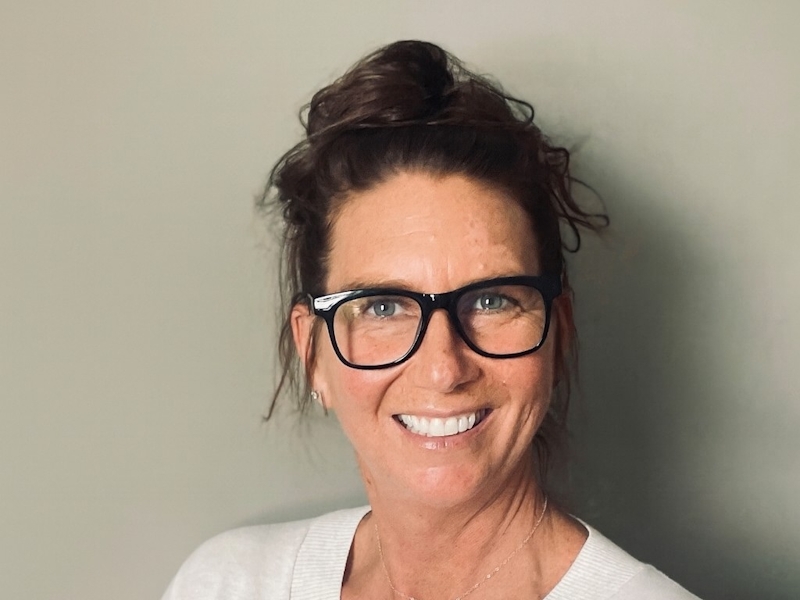Gov. Evers Slams Trump Administration Efforts to Slash Funding for Critical Homelessness Prevention Programs, Joins Multi-State Lawsuit
Trump Administration’s cuts will leave thousands of Wisconsinites homeless during the coldest months of the year, including kids, seniors, low-income families, survivors of domestic violence
MADISON — Gov. Tony Evers today announced Wisconsin is joining a new multi-state lawsuit to stop the Trump Administration from making drastic and immediate changes and cuts to critical funding for the U.S. Department of Housing and Urban Development’s (HUD) Continuum of Care (CoC) Program, the main source of federal funding to help end homelessness in Wisconsin. As a result, hundreds of households and thousands of individuals, including kids, seniors, folks with disabilities, low-income families, survivors of domestic violence, and many others, will be forced out of programs that keep them housed and safe during the coldest months of the year.
The CoC Program is the federal government’s flagship program that funds housing and other services for individuals at risk of and experiencing homelessness. Through the CoC Program, HUD distributes billions of dollars each year to state, local, and nonprofit entities to provide housing and services to families and individuals facing homelessness, including individuals with disabilities, seniors, families with children, survivors of domestic violence, veterans, LGBTQ+ individuals, and others. More information about the CoC Program is available on the HUD’s website here.
The complaint argues that, earlier this month, the Trump Administration threw the program into chaos. In a new Notice of Funding Opportunity (NOFO) for Fiscal Year (FY) 2025, which replaced a prior NOFO for FY 2024 and 2025, HUD adopted new policies that threaten to cancel thousands of existing projects, require providers to fundamentally reshape their programs on an impossible timeline, and essentially guarantee that thousands of formerly homeless individuals and families will be evicted back into homelessness.
HUD is proposing to take away local decision-making and impose a 30 percent cap (from the current level of around 90 percent) on proven and effective permanent housing programs. This shift would begin in January 2026, leaving no time to develop replacement programs, and would slash support for:
- Permanent supportive housing, affordable housing with intensive services for people with disabilities; and
- Rapid rehousing, rental assistance and case management to help families and individuals quickly exit or avoid homelessness.
According to Wisconsin’s Interagency Council on Homelessness, the annual point-in-time (PIT) count in January 2024 recorded 5,037 people in Wisconsin in emergency shelters, transitional housing, Safe Havens, or unsheltered. This was the highest number recorded since 2017. Of those people counted, 779 were experiencing chronic homelessness or homelessness for longer than one year, the highest number since 2010.
A copy of the lawsuit filing is available here.
ADDITIONAL BACKGROUND ON THE IMPACT ON CoCs AGENCIES IN WISCONSIN
There are four HUD-appointed CoC agencies that serve different regions in Wisconsin: the Dane Continuum of Care region, the Racine Continuum of Care region, the Milwaukee Continuum of Care region, and the Balance of the State Continuum of Care region. The Wisconsin Department of Administration’s Division of Energy, Housing and Community Resources (DEHCR) works closely with the four CoCs to help address housing needs and align funding priorities in Wisconsin.
The Dane Continuum of Care
The Dane CoC region has 11 projects with nearly $5 million worth of rapid rehousing, permanent supportive housing, and joint transitional/rapid rehousing projects. Only $1.9 million is eligible under this NOFO to remain. The remaining more than $3 million will have to transition into transitional housing or supportive service only programs. Clients who are currently in rapid or permanent supportive housing are not eligible to go into a transitional housing program, and as such, under the new NOFO, they will be required to exit the program.
Milwaukee Continuum of Care
In the Milwaukee CoC region, there are an estimated 117 individuals receiving assistance due to domestic violence who are at risk of immediate homelessness as soon as they are made to transition to Transitional Housing. Additionally, there are more than 900 individuals at risk of becoming homeless over the next year solely from federal funding cuts to the region’s CoC programs.
For example, according to the CoC, Milwaukee invests over $10.5 million every year in direct rent payments to keep the region’s most vulnerable residents safely housed. These investments support thousands of individuals across over 20 housing programs, ensuring that families, veterans, survivors of domestic violence, youth, and medically at-risk individuals do not fall back into homelessness.
Additionally, over 770 children, including 231 under five, 362 age five–12, and 184 age 13–17, are currently housed in Milwaukee’s homeless-response programs. Many are from programs that are at risk under federal changes. For the region’s youth, 154 individuals ages 18–24 currently rely on these programs, many of whom are aging out of foster care or fleeing unsafe homes. For working-age adults and seniors, the largest populations fall into ages 25–44: roughly 560 individuals, ages 45–64: roughly 590 individuals, and seniors 65+: 145 individuals. For seniors in supportive housing, many live with fixed incomes that simply cannot keep up with rent costs.
Programs offered by the CoC also serve nearly 1,050 residents with a diagnosed mental health disorder, nearly 340 individuals with chronic health conditions, 321 individuals with physical disabilities, and 134 individuals living with co-occurring substance-use disorders. These supports prevent hospitalizations, nursing-home placements, and emergency service overuse, saving taxpayers money.
Of the residents in these programs, 826 individuals have no income at all. Hundreds more fall under extremely low-income bands:
- 347 individuals earn $501–$1,000 per month; and
- 146 earn $1,001–$1,500, still below market rent.
These are families and adults who simply cannot compete in Milwaukee’s rental market without support—many would be on the street tomorrow without assistance.
The Wisconsin Balance of State Continuum of Care
The Wisconsin Balance of State Continuum of Care, which serves all counties except for Dane, Milwaukee, and Racine, currently has 37 projects, with approximately $21.6 million worth of rapid rehousing, permanent supportive housing, and joint transitional/rapid rehousing projects. However, only $7.6 million is eligible under this NOFO to remain. That means the remaining $14 million will have to transition into transitional housing or end altogether. Clients who are currently in rapid or permanent supportive housing are not eligible to go into a transitional housing program, and as such, under the new NOFO, they will be required to exit the program. According to the NOFO, if agencies spend less of a grant or have less clients as a result, an agency’s ability to get a new grant will be negatively impacted as well.
Further, 229 households currently in Domestic Violence specific rapid re-housing will be out of the program when it would have renewed on Sept. 30, 2026. There is no option to transition the domestic violence grant into transitional housing. As such, these 229 households that fled domestic violence and are now safe and housed will be out of the program in less than ten months.
NOTE: This press release was submitted to Urban Milwaukee and was not written by an Urban Milwaukee writer. While it is believed to be reliable, Urban Milwaukee does not guarantee its accuracy or completeness.






















